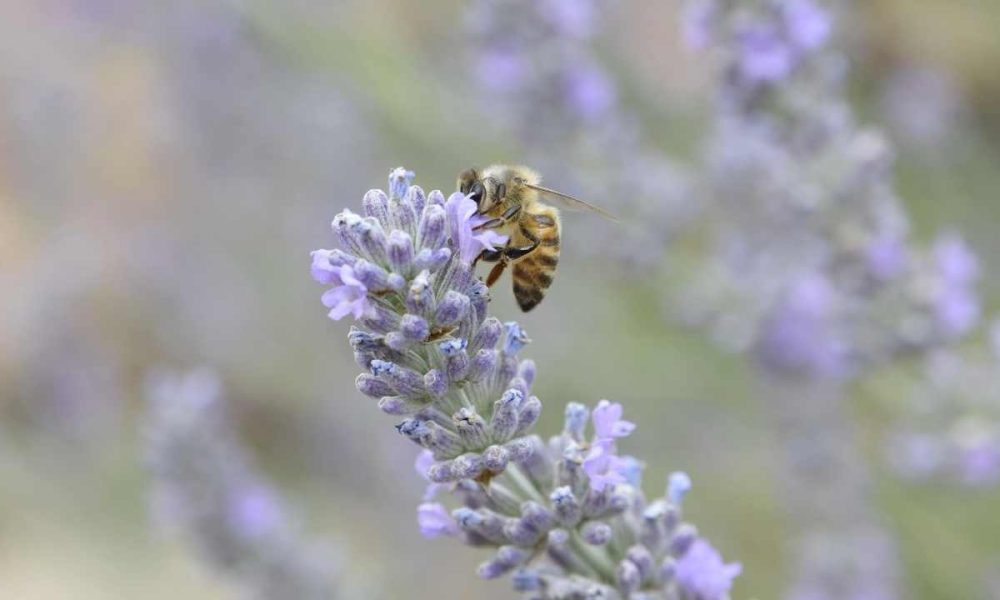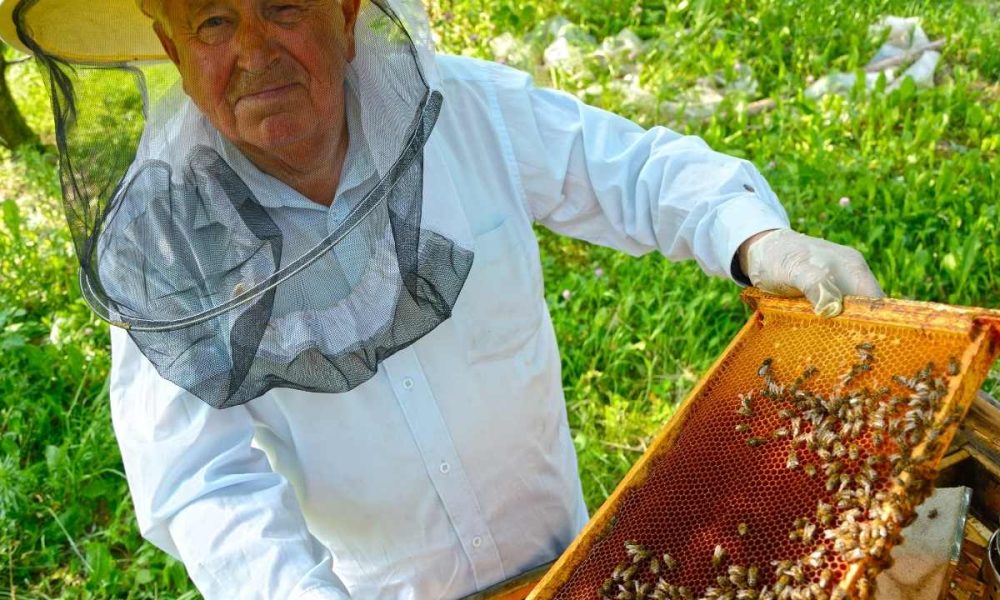Are you interested in becoming a beekeeper but don’t know where to start? Choosing your first hive can be overwhelming, and understanding the terminology used in beekeeping can feel like learning a new language. But fear not, as this Bee-ginner’s Guide will help decode the confusing jargon and provide tips on selecting the right hive for your needs.
There are many types of hives available, each with their advantages and disadvantages. It’s important to consider factors such as cost, maintenance requirements, and climate when making your decision. This guide will walk you through the different options so that you can make an informed choice that suits both your budget and goals. Additionally, we’ll dive into key beekeeping terms, such as brood box, honey super, and queen excluder – helping you better understand how to care for your bees. With this knowledge under your belt, you’ll be on your way to becoming a successful beekeeper in no time!
Types of Hives
If you’re new to beekeeping, it’s important to understand the different types of hives available. The two most common types are top bar and Langstroth hives. Top bar hives have bars laid across the top of the hive where bees build their comb downwards. These hives are more natural for bees as they mimic the shape of a tree hollow, but they can be more difficult to manage and produce less honey compared to Langstroth hives. Langstroth hives have boxes with frames that hang vertically, allowing for easier management and higher honey production. However, they require more maintenance and may not be as conducive to natural bee behavior.
When considering which type of hive to choose, it’s important to weigh the pros and cons of each option based on your individual goals and preferences. Factors such as ease of use, amount of honey produced, level of involvement with the bees, cost, and location should all be considered before making a decision. Ultimately, your choice will depend on what works best for you and your specific situation when starting out in beekeeping.
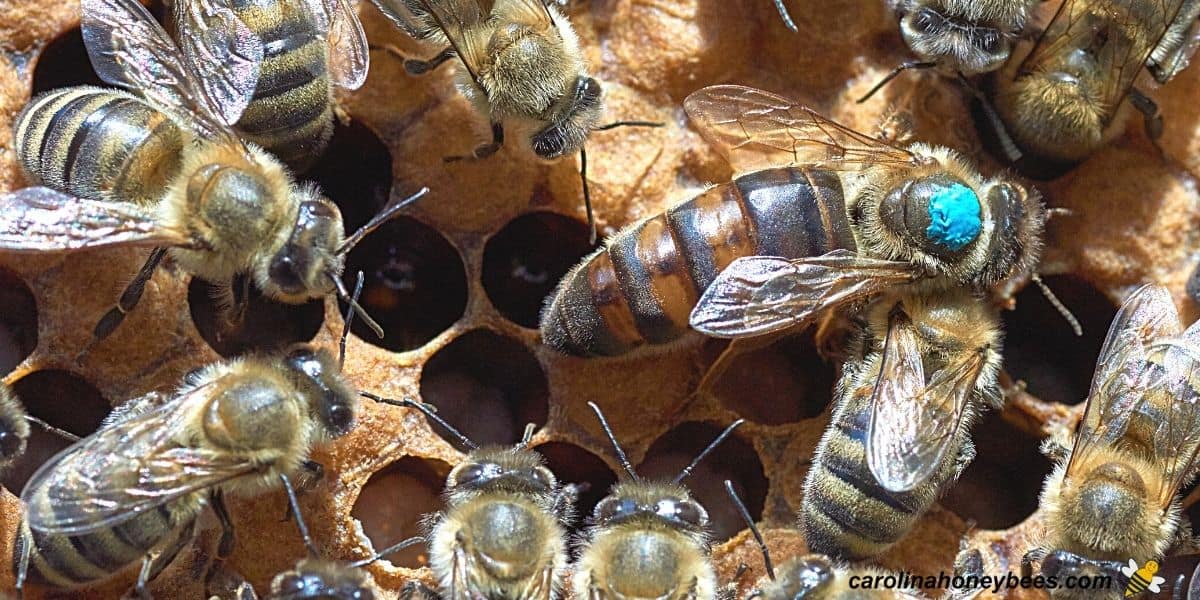
Considerations When Choosing Your First Hive
As you start your beekeeping journey, it’s important to think about the factors that will impact which hive is right for you. One of the most important considerations is cost. Beekeeping can be an expensive hobby, especially when it comes to purchasing equipment and supplies. Before making a decision on what type of hive to get, take some time to research and compare prices for different options.
Another factor to consider when choosing your first hive is location options. Bees need a safe and accessible place to live that provides ample food sources and protection from predators. Think about where you plan on keeping your bees – do you have enough space in your backyard? Will they be near other people or animals? Consider these factors when selecting a hive that will suit both you and your future honey-making friends. Now that you’ve considered the necessary factors for choosing a hive, let’s move onto decoding beekeeping terminology.
Beekeeping Terminology
Get ready to learn the lingo of the apiary world with this section on all things related to beekeeping vocabulary. As a beginner, it’s important to understand the terminology used in beekeeping so that you can communicate effectively with other beekeepers and understand what is happening in your hive. Some common terms include hive components such as frames, supers, and bottom boards. Frames are wooden or plastic structures that hold beeswax foundation where bees build their comb. Supers are boxes that sit on top of the brood box and hold honeycomb frames for honey storage. Bottom boards are the base of the hive where bees enter and exit.
Another important term to know is queen rearing, which refers to the process of raising new queens for a colony. This can be done through various methods such as grafting larvae onto queen cups or splitting a strong colony into multiple smaller ones. Understanding queen rearing is crucial for maintaining healthy hives and preventing swarming behavior. By learning these basic terms, you’ll be able to better understand how your hive functions and communicate effectively with other beekeepers.

Now that you have a grasp on some basic beekeeping terminology, it’s time to dive into understanding bee behavior.
Understanding Bee Behavior
Now let’s explore the fascinating world of understanding how bees behave. Bees are social creatures and live in a highly structured society, with each bee having a specific role to play. The queen bee is at the top of the hierarchy and is responsible for laying eggs, while worker bees take care of all other duties such as gathering nectar and pollen, building comb and cleaning out cells.
Bees have intricate communication methods that allow them to work together efficiently. For instance, they use dance language to communicate about food sources, which involves movements that indicate distance and direction. Additionally, bees have specific foraging patterns depending on factors such as weather conditions and availability of food sources. Understanding these patterns can help you place your hive in an optimal location where bees can easily find food sources. Now that you know more about bee behavior, let’s move on to learning about hive maintenance.
Hive Maintenance
Maintaining your hive is crucial to ensuring the health and productivity of your busy little friends, so it’s important to understand the various tasks involved and how often they should be done. Regular inspections are necessary to check for disease, pests, and other issues that could harm your bees. Queen management is also crucial, as a queen can lay up to 2,000 eggs per day during peak season. You may need to replace an aging or underperforming queen with a new one.
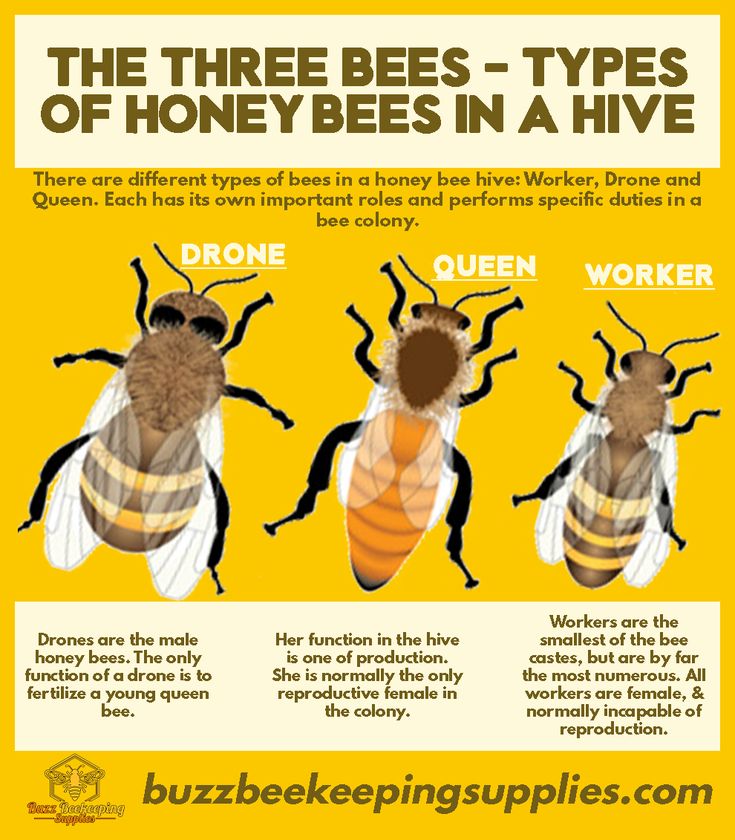
Another important task in hive maintenance is honey extraction. This involves removing the frames that contain honeycomb from the hives and extracting the honey from the comb. This process should be done carefully to avoid damaging the comb or disturbing the bees too much. It’s recommended that you harvest honey at least once a year but you may need to do this more frequently depending on how productive your hives are.
Keeping up with these tasks will ensure that your bees stay healthy and productive throughout their lifespan. Now let’s move onto resources for beekeeping beginners so you can continue learning about these fascinating creatures!
Resources for Beekeeping Beginners
As you embark on your journey as a budding beekeeper, finding mentors and joining local clubs can be incredibly valuable resources. Experienced beekeepers can offer guidance and insight into the best practices for hive maintenance, troubleshooting issues, and harvesting honey. Joining a club also allows you to connect with other like-minded individuals who share a passion for bees and learn from their experiences.
In addition to seeking out mentors and joining clubs, it’s important to take safety precautions and be aware of any legal requirements related to beekeeping in your area. This includes wearing protective gear while handling the bees, ensuring that your hives are properly secured to prevent escapes or attacks from other animals, and obtaining any necessary permits or licenses. By doing so, you can ensure that both you and your bees are safe while enjoying all of the benefits of this fulfilling hobby.
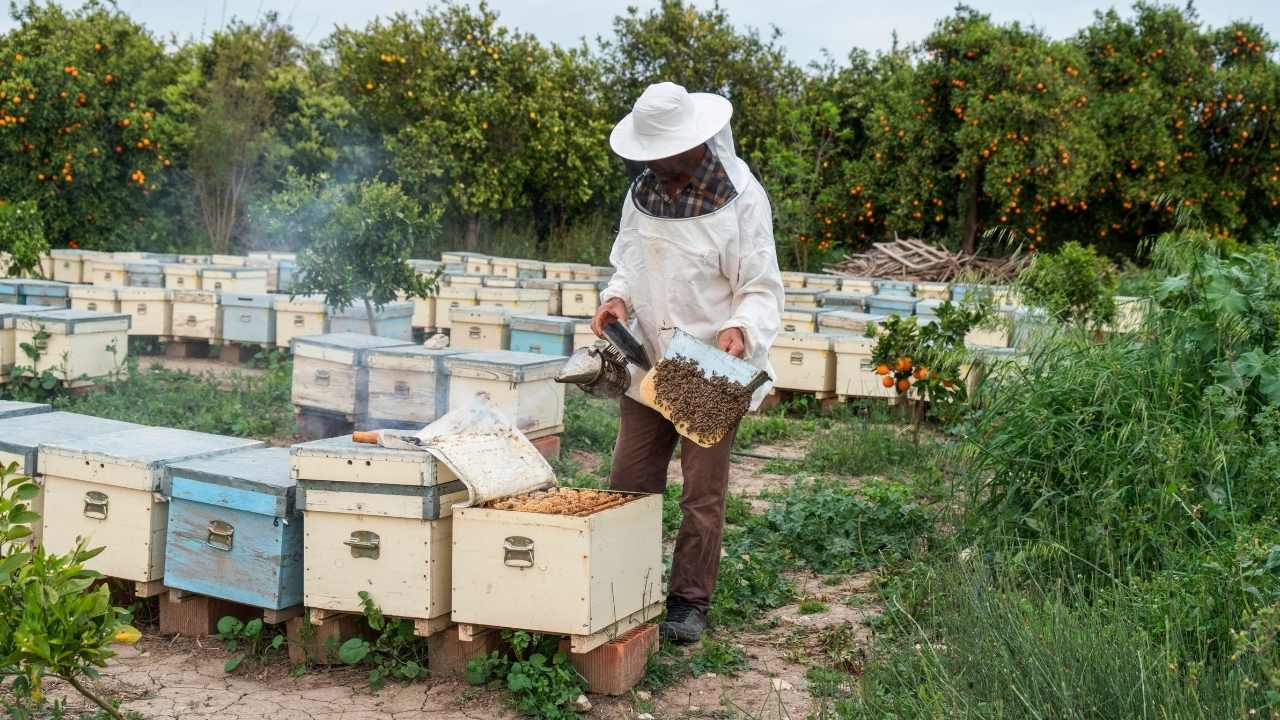
Frequently Asked Questions
What is the best location for placing a beehive?
When choosing the best location for placing a beehive, there are a few things to consider. If you live in an urban area, you’ll want to make sure your hive is located away from high-traffic areas and near a source of water. In rural areas, you may have more space options but should still avoid areas with heavy foot traffic or machinery use. As for sun vs shade, it’s generally recommended that hives receive some morning sunshine but not direct afternoon sun during the hottest parts of the day. Shaded locations can also be beneficial in hotter climates or during heatwaves. Ultimately, the best location for placing a beehive will depend on your individual situation and needs.
Can I keep bees without a bee suit?
You want to keep bees, but the idea of wearing a bee suit makes you buzz with anxiety. Luckily, there are alternative options for beekeeping safety. Some experienced beekeepers opt for a veil and gloves instead of a full suit, while others choose to wear loose-fitting clothing in light colors to avoid attracting bees. However, it’s important to note that regardless of what you choose to wear, practicing good beekeeping safety is crucial. Always be mindful of your movements and avoid sudden movements or loud noises around the hive. Remember, happy bees make for happy beekeepers!
How often should I check on my bees?
Checking on your bees regularly is essential to ensure the health and productivity of your hive. You should aim to inspect them every 7-10 days during the active season, paying close attention to Queen health and Brood pattern. Look for signs of disease or stress among your bees, such as unusual behavior or a lack of activity. Additionally, monitoring mite levels is crucial since these pests can quickly spread and harm your colony. By staying on top of these factors, you can keep your bees thriving and enjoy a successful beekeeping experience.
What is the best way to prevent swarming in my hive?
If you want to prevent swarming in your hive, proper hive management is essential. One effective method is to make sure that the bees have enough space to store honey and raise brood. This means regularly inspecting your hive and adding additional boxes or frames when necessary. Another way to prevent swarming is by ensuring that the queen bee has enough room to lay eggs. If she runs out of space, the worker bees may start building queen cells, which can lead to swarming. Additionally, keeping your hive healthy and free from disease can also reduce the likelihood of swarming. Regularly monitoring for signs of pests or parasites and treating them promptly can help keep your bees happy and healthy. By following these tips for swarm prevention through proper hive management, you can help ensure a successful season for both you and your bees.
How do I know when my honey is ready to harvest?
Hey there honey! Ready to get your hands sticky and sweet? When it comes to harvesting honey from your hive, there are a few things you need to know. First off, be sure to inspect your hive thoroughly before even thinking about taking any honey. You don’t want to accidentally harvest unripe honey or leave your bees without enough food for the winter. Use beekeeping tools like a smoker and bee brush to calm the bees while you inspect each frame for capped cells filled with golden nectar. Once you’ve determined that the honey is ready, use a honey extractor or crush and strain method to remove it from the comb. And remember, always leave plenty of honey for your hardworking bees! Happy harvesting!
Conclusion
Congratulations, beekeeper! You are now equipped with the knowledge to choose your first hive and navigate the world of beekeeping terminology. Remember, when selecting a hive, it’s important to consider factors such as your location, budget, and personal preferences. Don’t be afraid to ask for advice from experienced beekeepers or consult online resources.
Now that you have your hive set up, it’s time to get familiar with bee behavior and learn how to maintain your colony. With patience and dedication, you’ll soon be enjoying the benefits of honey production and helping support our vital pollinator population.
As Maya Angelou once said, "The bee is more honored than other animals, not because she labors but because she labors for others." So go forth and become a champion for these hardworking insects while also enjoying the sweet rewards of beekeeping.
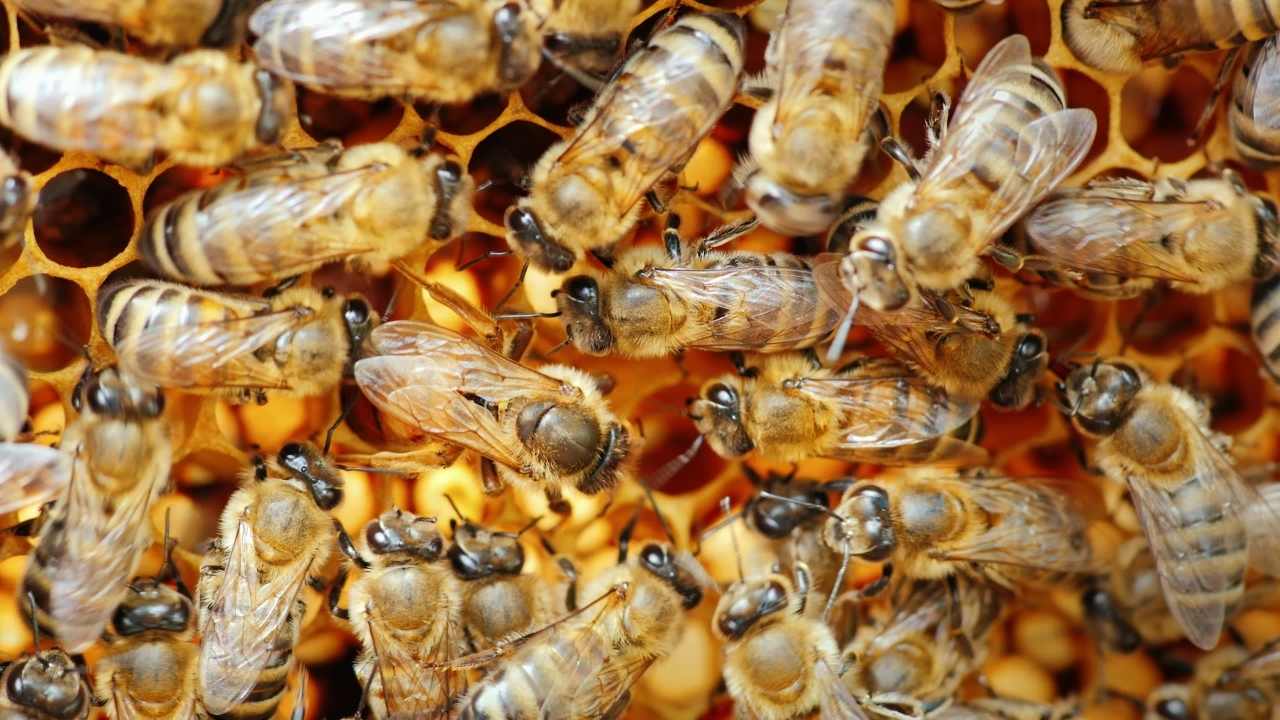

Roger Thomas is a seasoned beekeeper and hive architect with a deep-seated passion for sustainable living. His fascination with bees has shaped his professional career, giving him practical and theoretical expertise in bee behavior, colony health, and optimal hive conditions. Roger’s technical skills shine in his bespoke hive creations that cater to the specific needs of diverse bee species, while his sustainable practices promote environmental balance and the wellbeing of the bee population.
As he continues his journey in beekeeping, Roger has become a dedicated advocate for responsible practices and an insightful educator in his field. His posts aim to inspire new beekeepers, underline the importance of sustainability, and showcase the remarkable contribution bees make to our ecosystem. Roger invites you to join him as he delves into the world of bees and the rewarding, honey-sweet art of beekeeping.

